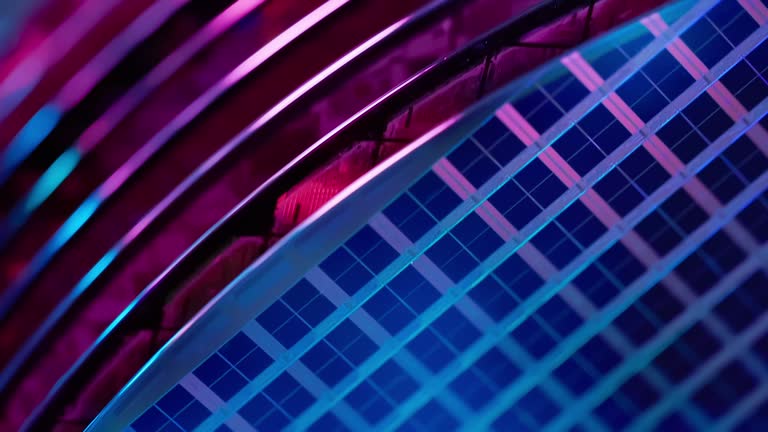Power semiconductors have undeniably become the backbone of electronic circuit functions, catering to vital operations such as power conversion, amplification, switching, and rectification in a diverse array of electronic devices. Their pivotal role spans various sectors including automotive, industrial, rail transportation, and electricity. Notably, as the new energy industry, led by solar energy and electric vehicles, gains momentum, power semiconductors like IGBT and MOSFET are emerging as linchpins in the realm of green energy.

The power semiconductor market has been predominantly fueled by the upsurge in the new energy sector, particularly in new energy vehicles, solar power, and energy storage. China, a global frontrunner in both new energy vehicles and solar energy production, has significantly contributed to the robust demand for power semiconductors. However, recent trends suggest a slowdown in the power semiconductor market, prompting a comprehensive analysis of China’s role in the industry.
TrendForce’s report, "Power Semiconductor Deceleration, Chinese Companies Breaking Through in 12-Inch Wafers and IGBT," offers valuable insights into the current landscape and future prospects of the power semiconductor industry.
- Slowdown in Chinese Foundries Amid Downturn in Consumer Electronics and Communication Sectors The report highlights a notable deceleration in the revenue growth of prominent Chinese foundries, including SMIC, Hua Hong Semiconductor, Nexchip, and SMEC, during the first half of 2023. This deceleration is attributed to a sluggish market in consumer electronics, PCs, and communication, with only Hua Hong Semiconductor registering a marginal revenue increase. SMIC, Nexchip, and SMEC, however, experienced year-over-year revenue declines of 19.29%, 50.43%, and 24.08%, respectively. These findings indicate a downward cycle in the overall performance of Chinese wafer fabs due to the prevailing market conditions.
- IGBT Emerges as the Growth Driver Amidst Deceleration in the Power Semiconductor Market While the overall growth in the power semiconductor market is decelerating, the report underscores the resilience of the IGBT segment. Hua Hong Semiconductor's revenue from discrete devices witnessed a 33.04% year-over-year increase in the first half of 2023, albeit at a lower growth rate compared to the same period in 2022. Notably, IGBT remains the driving force for power semiconductors, as evidenced by prominent companies such as Silan and CR Micro, which have initiated mass production of IGBT and reported rapid growth in this segment. Additionally, Wingtech has ventured into the IGBT sector, with 17 IGBT projects initiated or signed between January and July 2023, signaling a swift expansion by Chinese companies in this domain, with a cumulative investment exceeding CNY 15 billion.
- China’s Power Semiconductor Giants Scale Up from 8-Inch to 12-Inch A significant transition from 8-inch to 12-inch wafers is underway among major Chinese power semiconductor players. Hua Hong has already implemented 12-inch capacity, with the expansion of the Wuxi Phase 2 project in progress. Similarly, SMIC’s third-phase 12-inch special process wafer line produced its initial 10,000 wafers in June 2023. In the IDM sector, companies like Wingtech, Silan, and CR Micro are actively constructing 12-inch wafer fabs, with some of the capacity already operational. This strategic shift underscores a concerted effort by Chinese power semiconductor giants to enhance production capabilities and meet the evolving demands of the market.
The power semiconductor industry in China is navigating through a period of transformation characterized by both challenges and opportunities. As the landscape evolves, the industry is witnessing a notable shift in focus towards IGBT and the adoption of advanced wafer technologies, reflecting a strategic response to market dynamics. Despite the prevailing deceleration, the industry's resilience and proactive measures bode well for its future growth and innovation.







